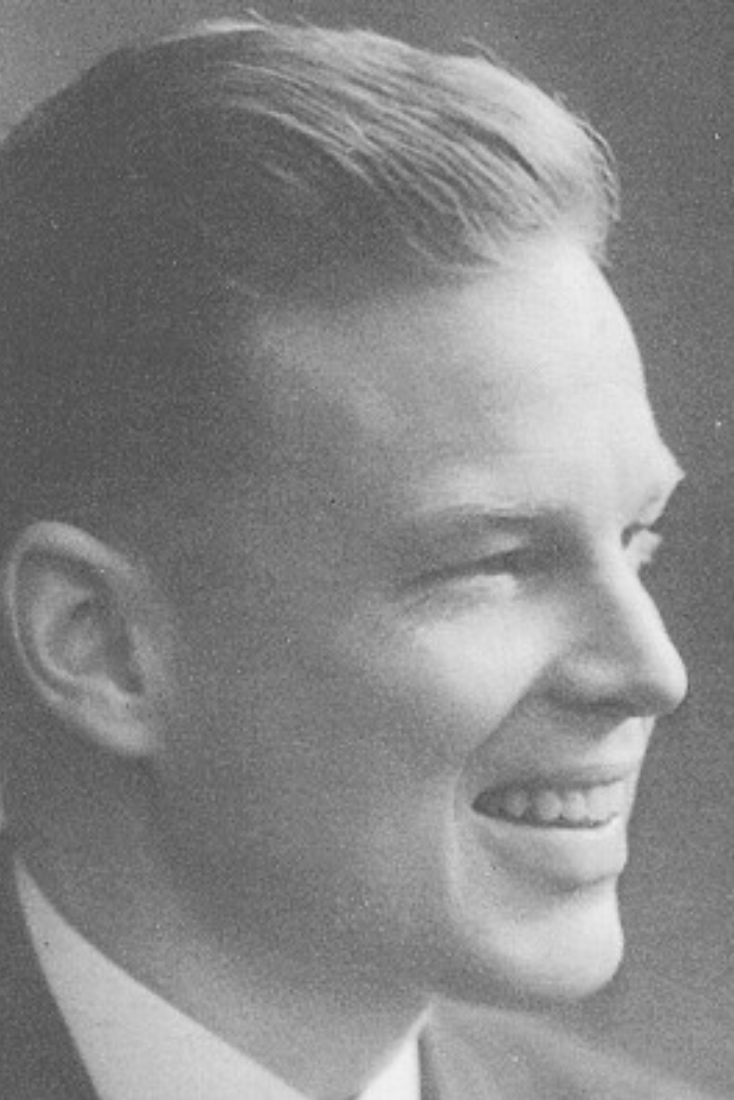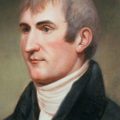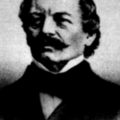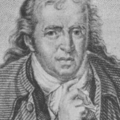Lanning Roper
Successful Town Gardening
Today is the birthday of the American landscape architect, consummate plantsman, and writer who made England his home - Lanning Roper.
When Vita Sackville-West read Lanning’s book Successful Town Gardening she wrote,
“The book I have been reading, and which has cheered me up so much as to the answers I can in future return, is called Successful Town Gardening by Lanning Roper.”
Today, Lanning’s book is regarded as a classic garden book. Many people use the wintertime as a chance to reconnect with the garden and dream about the following season as they read or reread Successful Town Gardening.
Lanning’s grandfather was William Hartley Eveleth, who served as the Superintendent of the college grounds for Harvard University and Radcliffe College. Lanning, himself, went to Harvard and graduated in 1933.
After Harvard, Landing enlisted in the Navy, and he ended up in charge of division 67, which is where he found himself on D-Day. After D-day, Lanning had a six-week deployment near the great Rothschild estate. He fell in love with the rhododendrons, the woodland, the gardens, and England.
He decided to train as a gardener at the Royal Botanic Gardens at Kew and then pursued more training at Edinburgh (ED-in-bruh).” He began working as an editor for the Royal Horticultural Society. And In 1952, Lanning fell in love with a woman named Primrose. Primrose Harley. She was a muralist and a gardener. Her parents had named her Primrose because she was born on Primrose Day, April 19th, 1908. Primrose worked with Lanning on his many landscape projects.
When it came to his gardens, Lanning wanted romance. Known as the father of borders, Lanning liked to see flowers spilling into paths - like lavender and roses. He wanted walls to be covered in vines - and more roses. As a designer, Lanning had a knack for creating beautiful hardscapes like paths and walkways. But, Lanning also cautioned about planting too much. He said,
“Over-planting is a fault common to most gardeners. If you plant three shrubs that will grow quickly to fill an area where one alone would have been sufficient, two things may happen. If you remove two, the remaining one is in the wrong place. If you leave all three, they perhaps will be poor specimens, lacking the characteristic natural grace of the species.”
Lanning designed nearly 150 gardens during his career. His work has mostly joined the many gardens that can only be seen through pictures or through the words that sang their praises. In 1987, Jane Brown wrote the only volume on Lanning Roper and his gardens. It is loaded with beautiful images of Lanning's gardens. You can get a used copy of Lanning Roper & His Gardens and support the show, using the Amazon Link in today’s Show Notes for under $6. But hurry, because I predict there won’t be many left of this gem in the coming decades.
At the end of his life, Lanning was picked to completely redesign the garden at a new estate called Highgrove, which had recently been purchased by Prince Charles and Princess Diana. Camilla Parker Bowles had recommended Lanning; he had beautifully designed her parents’ garden in the 1960s.
Lanning noted that,
“the soil at Highgrove is alkaline, very different to the acid soil of the gardens which Prince Charles is used to at Windsor, Sandringham, and Balmoral where rhododendron and azalea flourish.”
Lanning said,
“Highgrove is ideal for lilac, roses and flowering shrubs, which make some of the prettiest gardens [and] Prince Charles [wanted Highgrove, his first garden,] to be fragrant.”
Sadly, Lanning never had the chance to do the work, his cancer was taking a toll, and he declined the job.
It was Lanning Roper who said,
“People like myself are lucky to follow a profession which is so absorbing, satisfying, and pleasurable that at times it is not easy to decide where work ends and recreation begins.”
This post was featured onThe Daily Gardener podcast:
helping gardeners find their roots,
one story at a time






